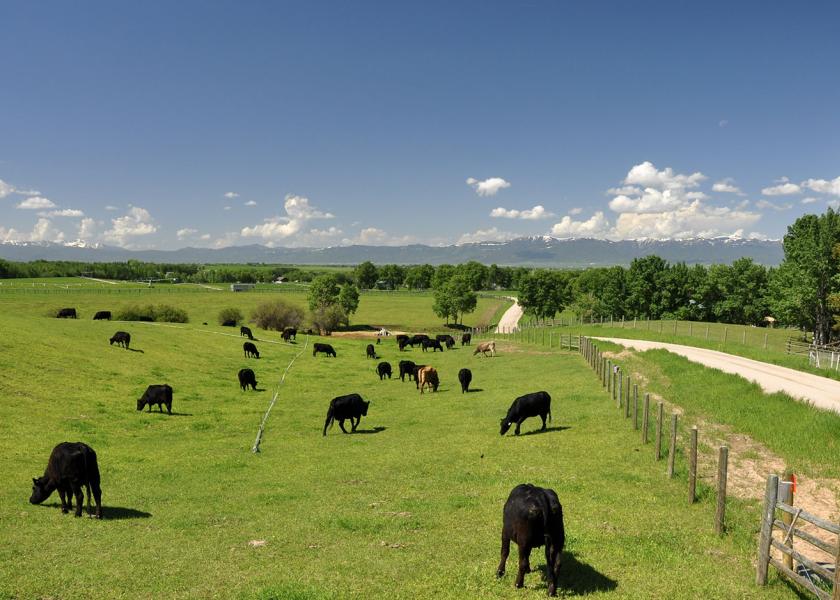2023 Year in Review

The end of 2023 arrives at a time when we, as cattle producers, have a great deal to be thankful for. Strong cattle prices and historically strong profit opportunities have made headlines in the past year. Overall, 2023 should close out as profitable year for all segments of beef cattle production (cow-calf producers, stocker operations and cattle feeders). This is historically rare. Current low cattle inventories indicate high value of cattle of all classes for the next several years. The market value of purebred seedstock should be supported in the future as the nation re-populates with cows. The drought released its grip on Oklahoma during 2023, timely rains and good management permitted recovery of grazing lands and our hay inventory ebbed back higher.
As we look forward to 2024 in the cattle business, keep the following in mind:
- When the nation’s cow herd inventory starts to increase remains in question. What is certain however is the opportunity to “rebuild better.” Sound selection and mating decisions now will enable you to regrow cow numbers with a biological type that fits your production environment, management and marketing plan. Mature cow size, level of milk, fertility and breed composition all contribute to cows that best fit your production environment.
- It’s not just the cattle, remember to manage and care for your soil and plants. Grazing ecosystems can take several years to recover from drought. At the beginning of future grazing seasons, manage to give your rangeland a competitive advantage over grazing pressure. Don’t re-stock until your pasturelands are ready.
- Low cow inventories support higher value of cattle. That being said, keep input cost, interest rates and inventories of feedstuffs in mind when making future business decisions.
- Finally, The cattle business is based on having an available forage base that cattle can graze and turn into beef. The key to profitability is to find a long-term balance of forage produced, other input expenses and production levels.
It is the ingenuity, perseverance, work ethic and “can do” attitude of America’s cattle men and women, and ag producers that permit us to enjoy the highest quality beef produced in the world and spend a relatively small percentage of our disposable income on food. Merry Christmas and Happy New Year! Thanks for reading and best of luck to cattlemen and women in 2024.







